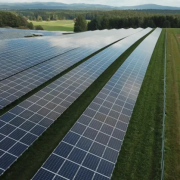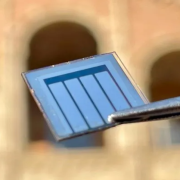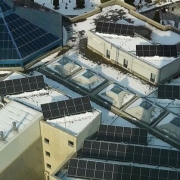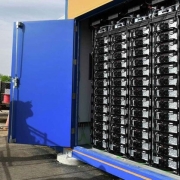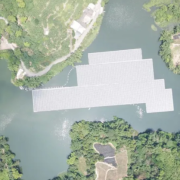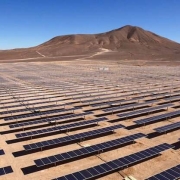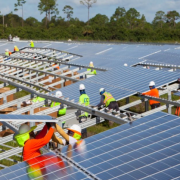Severe electricity shortages have forced Ibrahim al-Akzam, a Syrian dentist, to use solar power to maintain his Damascus clinic. This is a reflection on the country’s deep energy crisis after 11 years of war.
This has protected Akzam from the continual blackouts caused by the state grid’s crumbling infrastructure and the rising costs of diesel for a private generator.
The 41-year-old said that moving to alternative energy was the best solution right now. He spent almost $7,000 on the installation.
Click here to read the full article
Source: Solar Quarter
—
If you have any questions or thoughts about the topic, feel free to contact us here or leave a comment below.

